How to choose a variety and grow corn in a summer cottage in the open field?
Growing corn in the country is a common occupation of a modern gardener. There is no person indifferent to the taste of sugar grain. Why not boil an ear plucked from your own garden?
For grain, the crop is grown in regions with long warm summers. Silage is planted everywhere. But breeders have developed varieties and hybrids for cultivation in problem regions. They produce quality ripe grain.
Corn loves plenty of sunshine, warmth, and structured soil. It is not difficult to fulfill these conditions. And then, at the end of summer, delicious aromatic food will be on the table.
Features of culture
The cultivation of corn began in the southern regions. There is enough light and warmth. The soils are neutral and fertile. The culture gave consistently high yields with minimal labor costs.
The grain was used for making soups and cereals. Bread and flat cakes were baked from flour. The surplus crop was fed to livestock and poultry. Even the stems were used: they covered the plantings of winter crops, they were used to trap snow. In the steppe regions, they were dried and heated by stoves.
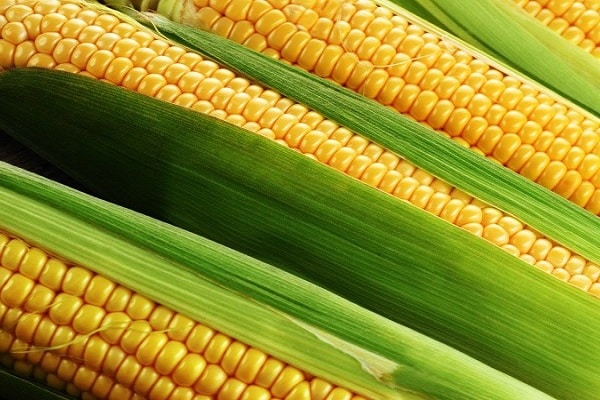
And now it is difficult to imagine a vegetable garden in the south of Russia where this culture would not have been planted. But now a resident of the problem region can also decorate the site with green panicles.
Agronomists distinguish garden and field corn. The second contains less sugar, has more grain-filled ears. Its yield is higher. The first is sweeter, softer. Residents of regions with a lack of heat and light should grow a garden. Seed producers mark it in a special way: they add the word "sugar" to the name.

What is needed for this
Before you grow corn yourself in the country, you should evaluate the characteristics of the summer cottage. It is required to analyze:
- Soil acidity. The plant prefers neutrals. On acidic ones, liming should be carried out. Alkaline - acidify with peat.
- Ground structure. Grain requires free penetration of water and air to the root system. Sanding on heavy loams and clays (spread a bucket of sand over a square meter, dig it up).
- The soil under the plantings must hold water. Light sandy loam is required to clay (add a bucket of clay per square meter, dig it up).
- Fertility of the earth. First add nitrogen to depleted soils, and then (after 5–7 days) - a complex of phosphorus and potassium.
- Choose a variety or hybrid, taking into account the duration of the growing season and the climatic characteristics of the region.

The corn is planted in the sunniest place. It should be closed from cold north and north-east winds. The southern wall of a summer cottage is ideal. It is recommended to prepare such a site in advance.
How to choose: variety or hybrid?
Before planting corn in your garden, it is recommended that you choose a variety or hybrid. Hybrids give a larger yield, less demanding on climatic conditions. But their price is 30% higher. This is noticeable when buying seeds for sowing in large areas.
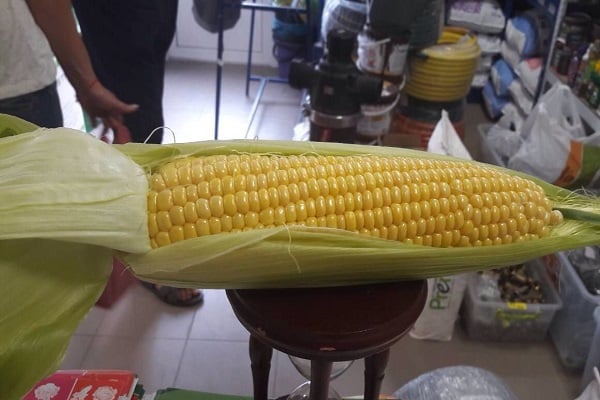
The varieties have been tested by generations of gardeners. Realistically carry out your own breeding work: select the appropriate types of plants. It becomes possible to have your own fund. Over time, you can create a collection of seeds of your favorite varieties.
Popular sweet corn hybrids:
- Madonna. Ripening period is early. The ear grows up to 200 g. In height the plant stretches up to 2 m. The grain on the ear is yellow.
- Trophy. Medium early ripening. It grows up to 2 m. The cob weight is up to 280 g. The grain is orange.
- Legends. An early ripe hybrid. The weight of the cob is 250 g. It stretches up to 1.7 m. The grain on the cob is orange-yellow.
- Boston. Average ripening period. The ear pleases weighing up to 200 g. The grain is bright yellow.
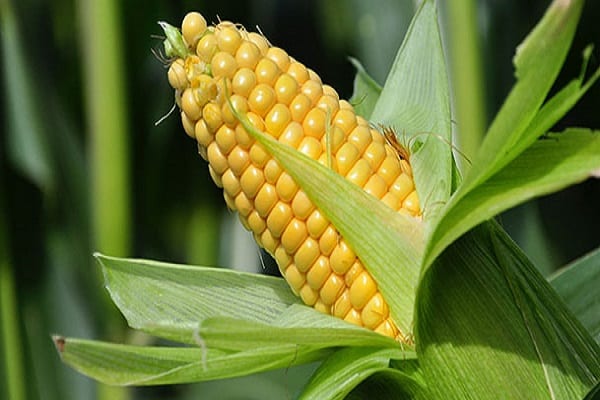
An attractive feature of the named hybrids is a consistently high yield in the open field.
How to plant corn?
Before how to plant corn, a complex of agronomic measures should be carried out. The final crop yield depends on this.
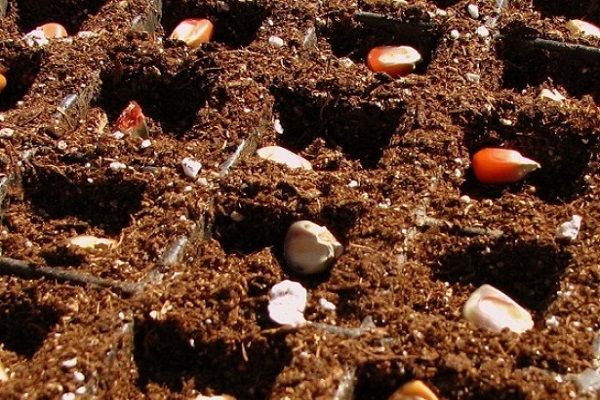
Soil preparation
Young plants do not tolerate the presence of weeds. Even small aggressors can stop the growth of corn. It will not be possible to obtain tasty, aromatic ears in a short period of heat.
You should prepare a place in your summer cottage in the fall. The ridges need to be dug onto a shovel bayonet. Remove the roots of perennial plants carefully. Break the clods of earth. If necessary, apply a complex of mineral fertilizers.
In the spring (after the snow has melted), disc twice with a flat cutter. The working depth is 10-15 cm. Fokin's flat cutter or a regular disc cutter will do. This operation will get rid of perennial weeds.
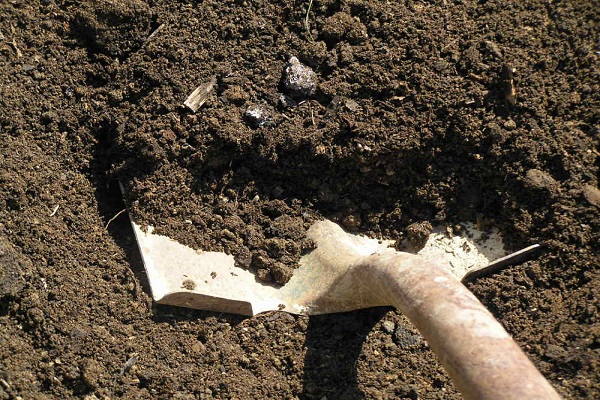
How to sow?
It is important not to miss the period of "maturation" of the soil. It should be warm, sufficiently moist, well-structured and fertilized. Failure to meet at least one condition reduces the desired yield.
Sowing corn should be done after warming up the soil to 10-15 degrees Celsius at a depth of 8-10 cm. This temperature is sufficient for seed germination. In this case, returnable spring colds should be excluded.
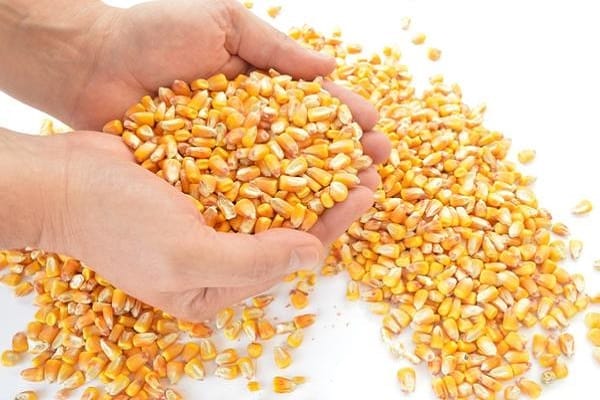
The moisture content of the soil should be sufficient: when the soil dries out, moisten the ridge before sowing to the seeding depth (6–8 cm).
There are two ways to plant corn: parallel rows or holes. The first option requires less labor. Country gardening is carried out in small areas. Planting corn in holes is more common.
Planting pattern: 70 × 70 cm. In limited areas, it is permissible to reduce the distance to 40 × 40 cm. It is required to place the maize in at least two rows: planting with one line will lead to insufficient pollination and the appearance of empty ears.

Place 2-3 seeds nearby. After germination, the strongest plant should be left. The rest needs to be weeded out. This measure will avoid voids in the garden.
You can lay dry or germinated seeds. In the first case, the time from sowing to germination will be longer. The sprouts will please the greens faster. But the slightest cold snap will destroy delicate plants.
Simultaneously with planting, you can apply mineral fertilizers. At a distance of 10 cm parallel to the row, make a trench 5–6 cm deep. Lay the complex in it according to the rate indicated on the package. Cover with earth.

Growing through seedlings
In small vegetable gardens, corn can be grown through seedlings. This will shorten the growing season outdoors. The method is popular when growing crops in problem regions.
Planting corn seedlings has some subtleties:
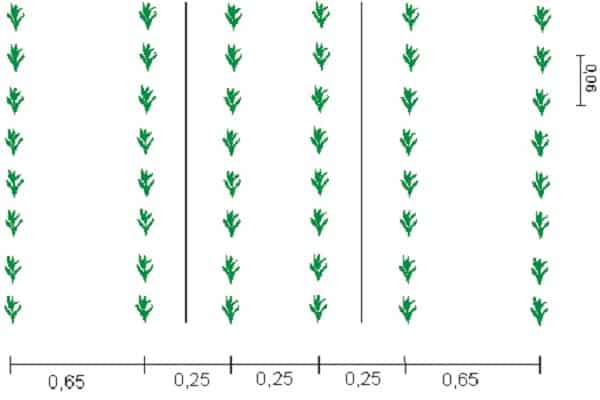
- plants must be pre-hardened;
- seedlings are sensitive to soil moisture;
- the first 3-5 days after planting, the garden should be covered from the sun with white lutrasil;
- the plant does not tolerate damage to the root system.
It is important to prevent the seedlings from pulling out: overgrowth with insufficient light weakens the corn.
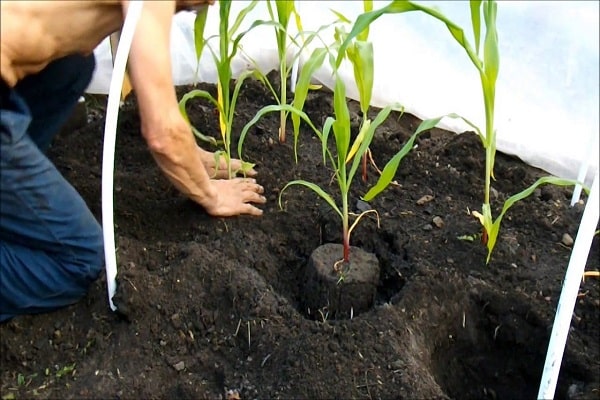
Care rules
No culture grows without care. The gardener should know:
- the consumption of nitrogen and potassium by corn lasts until the ears are filled;
- she assimilates phosphorus before harvesting;
- the soil should be moderately moist, overflow is excluded;
- the maximum need for water in a plant is observed during the formation of ears;
- loosening is required every 5-7 days.
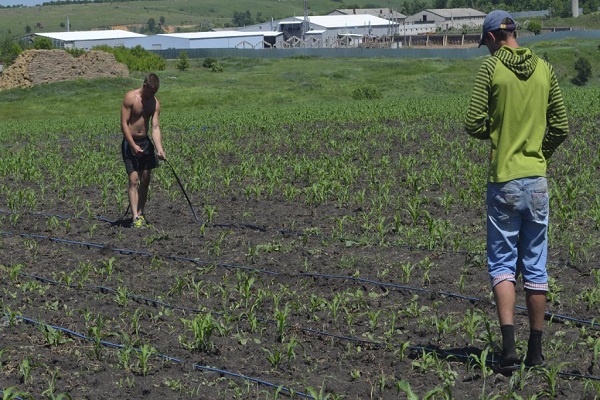
Pollination should be taken care of: plant nearby plants that attract bees.
Some gardeners use the stretched planting method. The bulk of the maize is placed on the bed in a block. And after 3-4 days, several seeds are sown. Seedlings appear with a difference of several days.
Further vegetation of corn is also different on the same days. Male and female flowers ripen at the same time. Stretched planting reduces pollination risks.
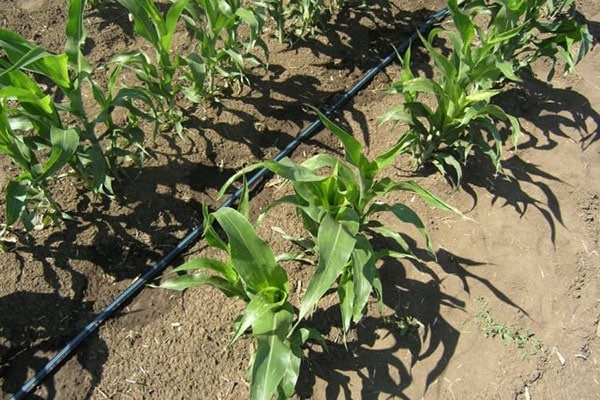
Good and evil neighbors
This crop yields good yields when replanted with corn. The advantages of such placement: the ridge remains free of weeds (an adult plant oppresses them), there is no need to look for a warm and lighted area, no replanning of plantings is required.
But to increase yields, it is recommended to take into account predecessors. Good for corn are: legumes, melons and gourds. The plant feels bad after oats, rye, wheat. Gardeners plant them as siderates. But cereals behave like aggressive weeds: the soil after them is heavily weeded.
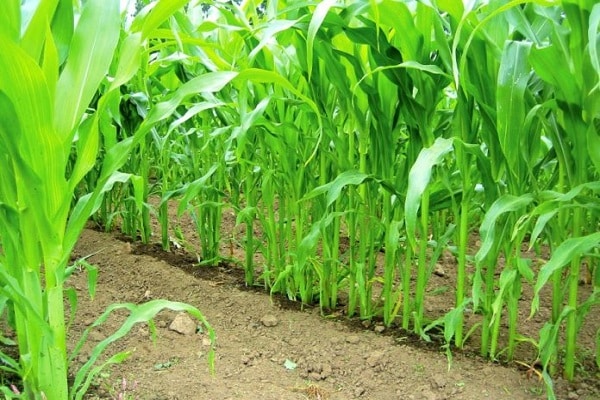
Hardworking gardeners have found an interesting solution to save suburban space. They plant corn in the same area as cucumbers, beans, beans and pumpkins. The tough stalks of maize are a support for the vines and protect them from cold winds.
Placed in the aisles of corn, pumpkins or zucchini with wide leaf plates protect the earth from drying out. Noticed: the yield of corn grown in this way is higher than that of the one planted in the usual way.
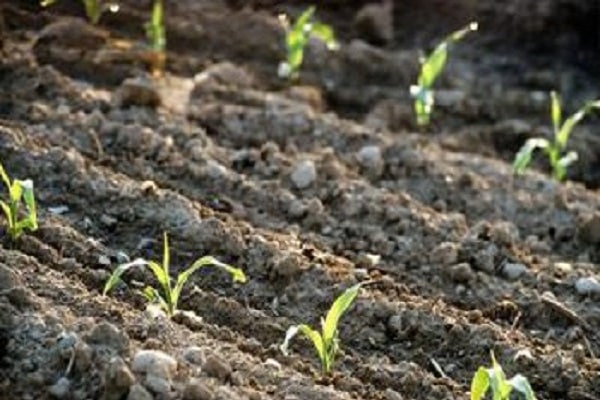
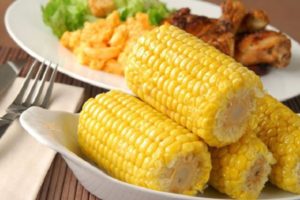

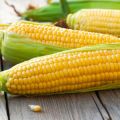

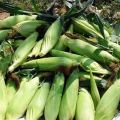

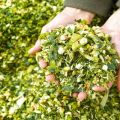
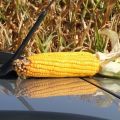
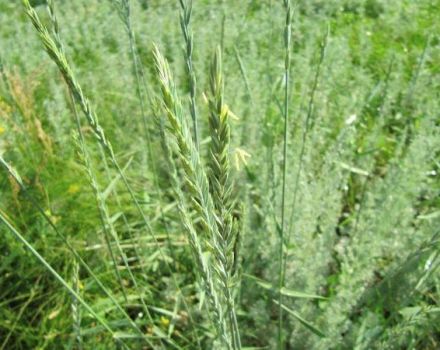
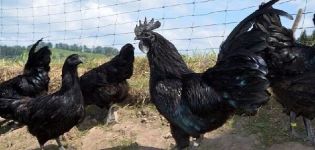
For several years I have been planting corn in the same place, the harvest is enough to eat. It sprouts well, the only problem is, I can't learn how to choose seeds. Children ask for sugar, but for some reason, under the guise of sugar, they sell me the usual one. Is it possible to distinguish the seed grain by its appearance, what to look for?